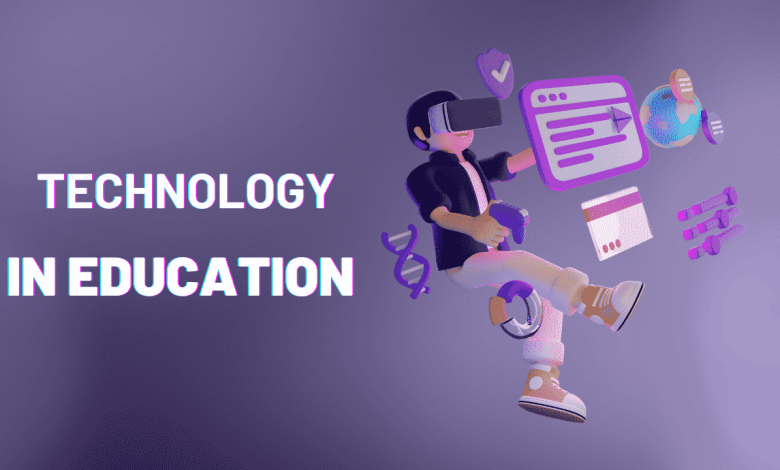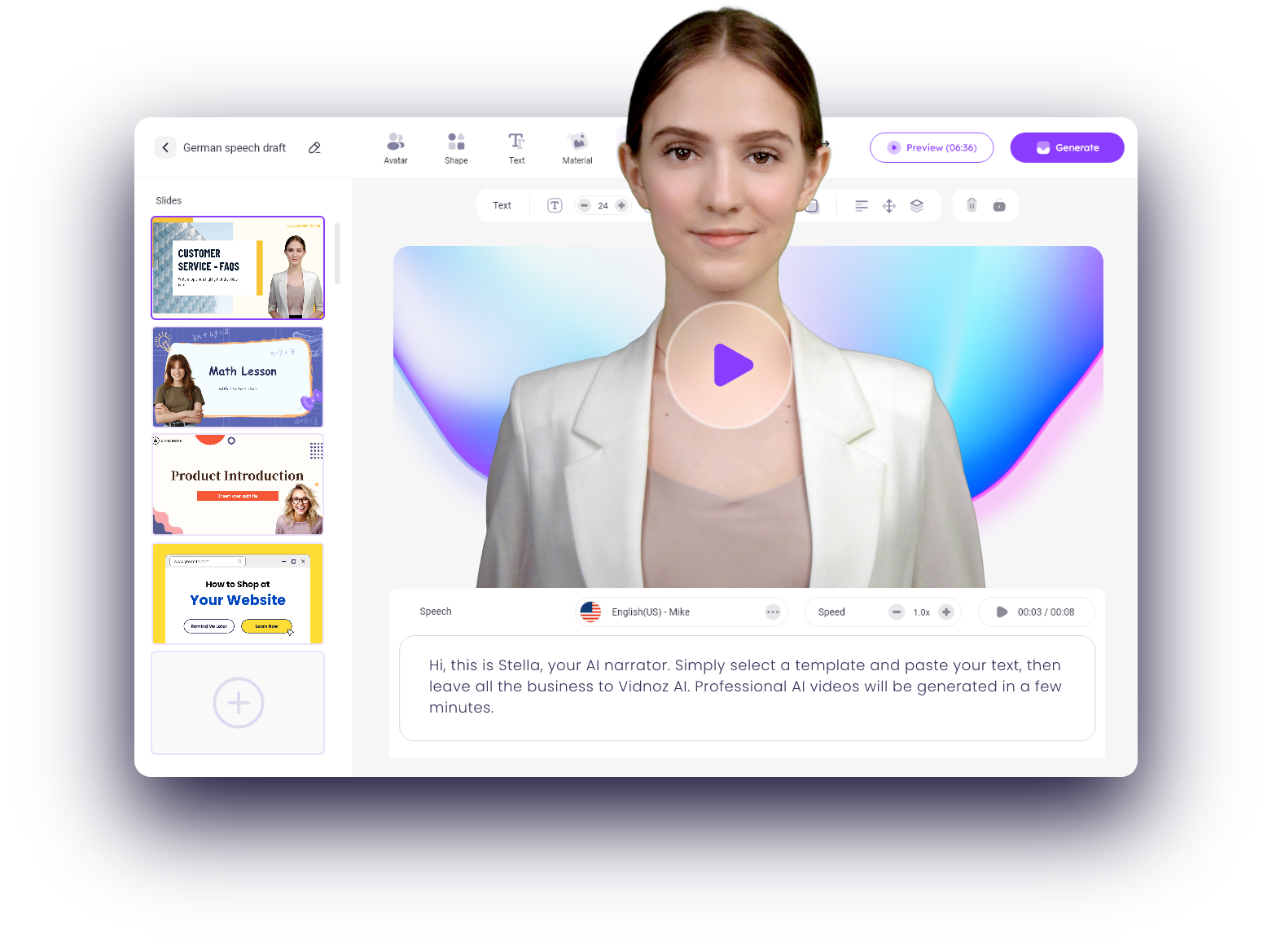Technology in Education pdf/essay | Importance of Technology in Education – Latest 2024

In today’s rapidly evolving world, technology has become an integral part of our daily lives. Its impact extends to the realm of education, where it has revolutionized the way we learn and teach. This article delves into the pivotal role of technology in education, exploring its benefits, challenges, and the transformative changes it brings to classrooms worldwide.
Table of Contents
The Changing Landscape of Education
The traditional model of education, with textbooks and chalkboards, is giving way to a more dynamic and interactive learning environment. Technology has ushered in a new era where students have access to a wealth of information and resources at their fingertips. Now, you can also learn a language with movies. Here are some key aspects of how technology in education is revolutionizing world:
- Access to Information: The internet has opened up a vast repository of knowledge. Students can now access information on virtually any topic, breaking down the barriers of geography and limited library resources.
- Engagement and Interaction: Educational software and platforms offer interactive lessons, quizzes, and multimedia content that make learning engaging and enjoyable.
- Personalized Learning: Technology enables adaptive learning platforms that tailor lessons to individual students’ needs and pace. This personalized approach maximizes understanding and retention.
- Global Learning Communities: Online platforms, forums, and social media connect students and educators worldwide. This global perspective enhances cultural awareness and collaborative learning.
- Efficiency and Productivity: Administrative tasks, grading, and record-keeping are streamlined through educational software, allowing educators to focus more on teaching and mentoring.
- Remote Learning: Especially relevant in recent times, technology has enabled remote and distance learning. It ensures that education continues even in challenging circumstances.
- Inclusivity: Technology provides tools for accommodating students with diverse needs. For instance, screen readers assist visually impaired students, while transcription services benefit those with hearing impairments.
- Preparation for the Future: Integrating technology into education equips students with essential digital skills and prepares them for the demands of the modern workforce.

Challenges and Considerations of Technology in Education
While technology in education offers numerous advantages, its integration into education also presents challenges:
- Access Disparities: Not all students have equal access to devices and high-speed internet.
- Security and Privacy: Safeguarding student data and privacy is crucial. Educational institutions must ensure compliance with data protection laws.
- Teacher Training: Educators need training and support to effectively use technology in the classroom. Professional development is essential.
- Digital Distractions: Managing screen time and preventing distractions can be challenging, especially for younger students.
- Quality Control: The internet contains both reliable and unreliable information. Teaching students how to discern credible sources is vital.
Technology in education is transformative and continually evolving. It empowers students, enhances learning outcomes, and prepares individuals for a technology-driven world. The integration of technology in education is not just a trend; it is a fundamental shift that promises a brighter future for learners worldwide.
See Also TOP 10 TECHNOLOGY COUNTRIES IN THE WORLD 2023
Blended Learning
It offers students the flexibility to learn at their own pace while still benefiting from face-to-face interactions with teachers and peers.
Virtual Reality (VR) and Augmented Reality (AR)
VR and AR technologies provide immersive learning experiences. For example, students can explore historical sites in VR or dissect virtual organisms, enhancing their understanding of complex subjects.
Coding and Computer Science
The emphasis on coding and computer science education has grown significantly. Many schools now include coding in their curriculum to prepare students for careers in technology-related fields.
Artificial Intelligence (AI)
AI-driven tools can analyze student performance data to identify areas where they may be struggling. Educators can then provide targeted interventions to help students succeed.
Open Educational Resources (OER)
OER, such as free textbooks and online courses, make quality educational materials accessible to all, reducing the financial burden on students.

Collaboration Tools
Platforms like Google Workspace and Microsoft Teams facilitate collaborative learning. Students can work on projects together in real-time, regardless of their physical locations.
Digital Citizenship Education
With increased online interaction, teaching digital citizenship and online safety has become crucial. Students learn about responsible internet use and cybersecurity.
Gamification
Gamified learning uses game elements to make education more engaging. It encourages competition, problem-solving, and critical thinking skills.
E-portfolios
Students can create digital portfolios to showcase their work, progress, and achievements. These portfolios are valuable for college applications and job interviews.
Global Learning Opportunities
Virtual exchange programs and partnerships with schools in other countries provide students with cross-cultural experiences without leaving their classrooms.
Eco-Friendly Education
Technology reduces the need for paper, contributing to more sustainable and eco-friendly educational practices.
Remember that technology in education is a vast and dynamic field. As new innovations emerge, educators and institutions must stay adaptable and open to incorporating these tools to provide the best possible learning experiences for students.
Personalized Learning
Technology in education allows for adaptive learning platforms that can tailor educational content to individual students’ needs and pace.
Online Assessments
Technology in education has made it possible to conduct online assessments, quizzes, and exams. These assessments can provide immediate feedback to both teachers and students, enabling timely interventions to improve learning outcomes.
Data Analytics
Educational institutions can use data analytics to gain insights into student performance and behavior. This data-driven approach helps in making informed decisions to enhance the quality of education.
Teacher Professional Development
Technology offers various platforms and resources for teacher professional development. Educators can participate in online courses, webinars, and forums to continuously upgrade their teaching skills.
Remote Learning
Especially relevant in today’s context, technology enables remote learning, making education accessible during crises like pandemics. It also allows students in remote areas to access quality education.
Special Education
Technology has revolutionized special education with assistive technologies and software that cater to the needs of students with disabilities, helping them learn more effectively.

Language Learning Apps
Language learning apps and software make acquiring new languages easier and more interactive. They offer lessons, quizzes, and pronunciation guides.
Educational Podcasts and Videos
There’s a wealth of educational content available through podcasts and YouTube channels. These resources cover a wide range of topics and learning levels.
Virtual Labs
Students can perform experiments and simulations in virtual labs, which is particularly useful for science and engineering education.
Cloud-Based Learning Management Systems (LMS)
Learning management systems like Moodle and Canvas offer a centralized platform for course materials, assignments, discussions, and grading, streamlining the educational process.
Parent-Teacher Communication
Technology in education facilitates communication between parents and teachers through apps and portals. Parents can easily track their child’s progress, attendance, and assignments.
Reduced Costs
While there are upfront costs to integrating technology in education, it can ultimately reduce expenses related to textbooks, printing, and other traditional materials.
The role of technology in education continues to evolve, offering new opportunities and challenges. It’s essential for educators and institutions to stay informed about the latest trends and best practices to harness the full potential of technology for learning.



